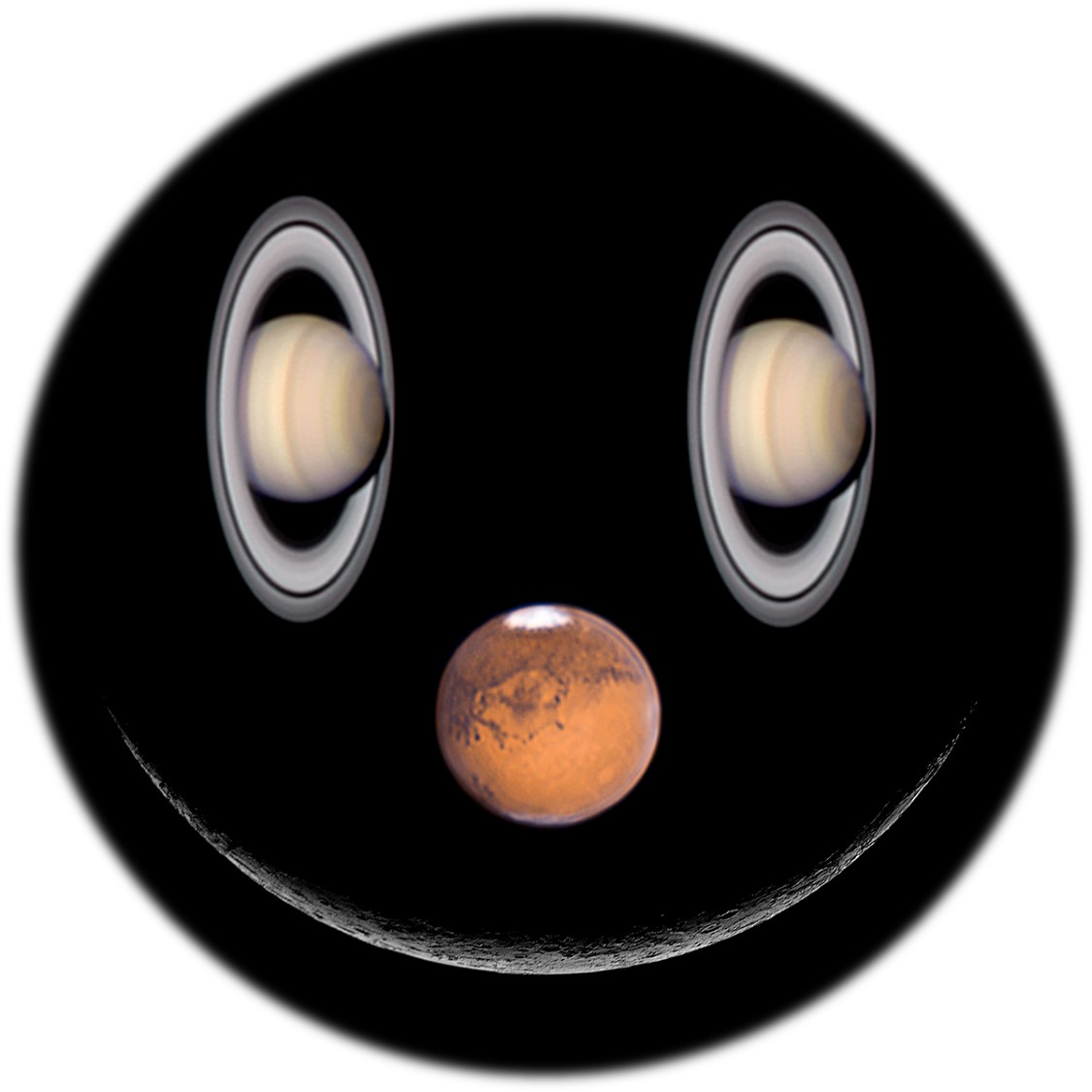I am sharing a REU (Research Experience for Undergraduates) proposal. When I first started writing this proposal, along with my colleagues Dr. Gross and Dr. Klink, we had no idea where to start. I searched the internet and found a couple sample REU proposals. Several friends also kindly shared their successful proposals. Now, it’s my turn to give back!
The project is about human-swarm interaction: how can one person effectively manage a 50-robot swarm in achieving a high-level goal? In the project, the undergraduate students need to design the robots, the test environment, a simulator, human-machine interfaces, along with swarm control algorithms. They would also perform a variety of experiments to demonstrate these capabilities.
During the first year (2019) program, eight undergraduate students from around the country worked together with several WVU students for 10 weeks. They designed and built 50 robots (!) and developed the basic swarm control software. Here is a video:
Here is a paper written by the students. One major difference between our REU Site and most other REU programs is that all students were working together on a same project. They had to work as a team (I called them a swarm…) to achieve the overall project goal.
This year (2020), however, we had to cancel the program due to COVID. We will be back in motion again next year!
The proposal received a C (Competitive) from the NSF review panel. The individual reviewer ratings were VG/G, VG, VG, VG/G (VG – very good, G – good). In general, the reviewers were excited about the project research ideas, but had concerns about our detailed program designs. Of course, we were very inexperienced in this area at the time.
Attachment: REU Proposal

